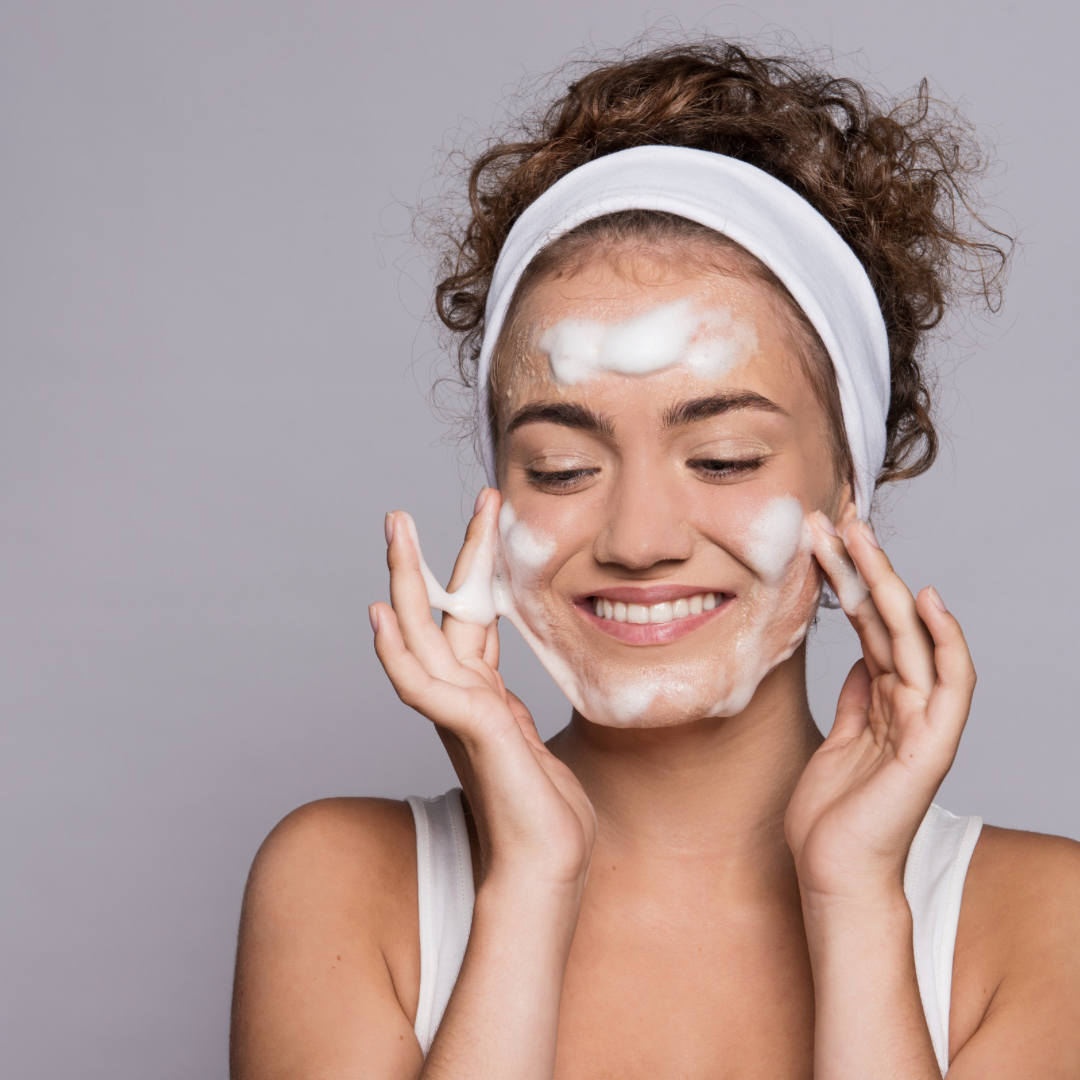Eight reasons your skincare might not be working for you
Regimen roadblocks are common, but skincare doesn’t have to be hard! Your bathroom drawers don’t need to be a disappointing product graveyard. This month we’ll run through a quick review of skincare basics to get you back on the right path. Here are eight reasons your regimen might not be working and how to fix it.
1. You’re Using the Wrong Products
You might be doing everything right, and it’s your regimen that’s wrong. Make sure you’re using products that suit your skin type and tone and target your specific concerns. Acne-prone skin can typically handle acids and exfoliators that help with sebum and clearing out pores, whereas sensitive or rosacea prone skin needs products that help repair the moisture barrier before adding any corrective acids. If hyperpigmentation is your main concern, you need to add products that lighten and inhibit melanin.
2. You’re Skipping Important Steps
A fully functional regimen requires four essential products:
A cleanser for removing dirt, oil, and makeup
A toner for getting rid of cellular debris by loosening the glue between old dead skin cells, oil, and allowing for better penetration of the products that follow so they can be absorbed more efficiently
A serum to correct and repair
Daily SPF to protect from UV damage and a moisturizer at night to help repair and aid in moisture loss.
Additional products can be added depending on individual needs, but don’t overlook the primary four.
3. Improper Application of Your Products
The basic order to follow is a cleanser, toner, serum, SPF, or moisturizer (at night). When you use more than one serum, it is important to know the appropriate order for application, and what products should not be mixed, such as retinoids and AHAs/ BHAs as they are too harsh together. One should be used during the day and retinoids at night. The rule of thumb for application is layering the serums from lightest to heaviest. Be sure to allow each to dry before applying the next.
Your SPF or moisturizer is always applied last to act as a seal and guard against moisture loss. If you apply it before a serum, the serum will not be able to be absorbed by the skin. SPF is a much larger molecule and unnecessary at night, and may actually clog your pores leading to breakouts.
Be sure to apply acne medications or brighteners to the entire face. Treating small patches of skin can cause bacteria to flourish in the untreated areas, leaving you vulnerable to more breakouts. In the case of a brightener, spot treating can lead to patches of lighter skin versus an even skin tone.
4. You’re Not Giving it Enough Time
The changes in your skin didn’t happen overnight, so we need to stop expecting products to work immediately. Skincare is a journey, full of ups and downs. Use the products in a daily regimen for a full thirty days before judging any results. Why thirty days? That is the length of a complete life cycle of a skin cell. It is also the period needed for your skin to acclimate, such as pimples forming under the surface to be brought up and cleared away, and for rejuvenation to begin. An acclimation period is crucial and to be expected with medical grade skincare. They accelerate cell turnover, so some flaking and dryness will occur. Stay the course! Beautiful skin is just around the corner. Thirty days is a taste of what’s to come.
5. You’re Not Consistent
There isn’t a regimen around that can deliver the best results if it’s not followed consistently. That means completing all the steps in your individual regimen every morning and every night, no excuses. Your basic four-step regimen should take less than five minutes twice a day. That is a small investment for a lifetime of healthy skin! Aging, and the changes it brings to the skin, are inevitable. But proper skin care can help preserve the integrity of our skin.
6. You’re Not Advancing Your “Active” Products
Even the best products can stop showing the brilliant results they once did. This happens when your skin is accustomed to its exposure to them. Choose a skincare line that has multi-tiered active ingredients. Once you feel you’ve reached acclimation, or don’t notice your skin improving, you have the ability to increase the percentage of active ingredients to stimulate your skin once again. The skin likes to be stimulated in different ways. If you are maxed out on active ingredients, consider advancing your toner, adding an exfoliator, or a mask to the lineup. Once you are happy with your results, you’ve entered into maintenance mode.
7. You’re Using Multiple Brands
Mixing and matching products from various lines can impede your progress. Products from the same line are designed to work synergistically. A hodgepodge of products from different brands doesn’t always align in terms of ingredients and formulation. There are some exceptions to this rule, such as SPF, masks, and some moisturizing ingredients. Talk to your clinician about the appropriate complementary products that are tailored to your skin’s needs, working towards your goals, not against them.
8. You Ignore Seasonal Change
Your current climate conditions, along with your skincare concerns, are what dictate your routine. Just like our wardrobes, skincare products need to be appropriate for the weather. During winter, humidity levels are low, the air is colder, and the use of drying elements like heaters are used abundantly. This can leave the skin vulnerable to moisture loss, developing dryness. During this time, many people need to switch to a cream face wash instead of a foam wash, decrease exfoliation, and add cream moisturizers and hydrators. In the summer, extreme heat often leads to an increase in the production of sweat and sebum. The heavier hydrators and creams used in the winter may feel too heavy on the skin and clog the pores. Application of more breathable textures like foams and lotions may be preferred.
Don’t settle for mediocre results. There are wonderful skincare brands that can leave you “giddie” about your skin once again! Make sure you purchase products that treat your specific skincare concerns and are formulated for your skin type. Push through the acclimation period, and use supportive ingredients to help along the way. Most importantly, be consistent. Your products won’t work if you don’t use them every day.
Emily Giddings, RN


